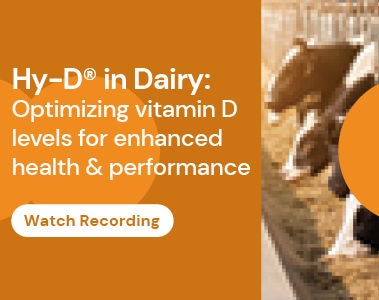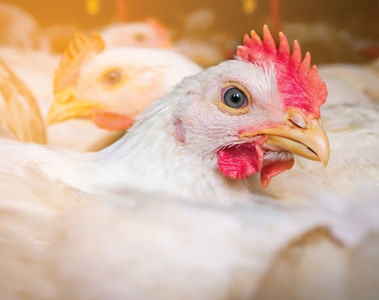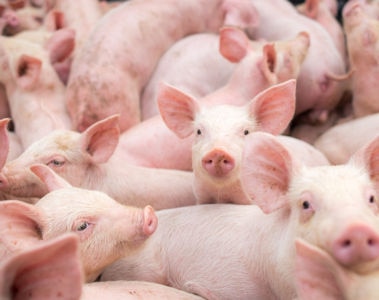Reliability
Utilizing an accredited laboratory is a critical strategy for routinely verifying product concentration, quality and safety to ensure traceability throughout the supply chain. While quantifying the concentration of 25-hydroxycholecalciferol (25-OH D3) is a primary analytical target, it should not be the sole criterion for evaluation. Comprehensive product assessment requires the measurement of additional biochemical markers that validate the manufacturing processes and reflect both the safety and bioactivity of the product.
Foremost among these is 1,25-dihydroxycholecalciferol (1,25(OH)2D3), the active hormonal form of Vitamin D3, which must be rigorously assayed due to its potent physiological effects and tight endogenous regulation. Presence of 1,25(OH)2D3 above threshold levels may indicate metabolic contamination and pose safety risks.
Other relevant analytes include:
- Vitamin D3 (Cholecalciferol): Assesses residual precursor levels and the efficacy of conversion pathways.
- Antioxidant Profile: Identifies and quantifies unapproved adulterants and oxidative stability.
Rovimix Hy-D® is a pure, safe and reliable source of 25-OH D3. With 25+ years on the market for use in poultry, the product is well-established, and the benefits of Rovimix Hy-D have been realized in other species as well, leading to widespread use in livestock diets. Based on the product’s proven efficacy and safety, as well as its traceability, product quality standards, and strict manufacturing processes, it continues to be a trusted source of 25-OH D3. The combined purity and quality standards of Rovimix Hy-D lead to a pure product form of 25-OH D3 that is essential for supporting animal health and performance.
If you have any questions regarding Rovimix Hy-D or other material discussed in this article, please reach out to a dsm-firmenich representative.



